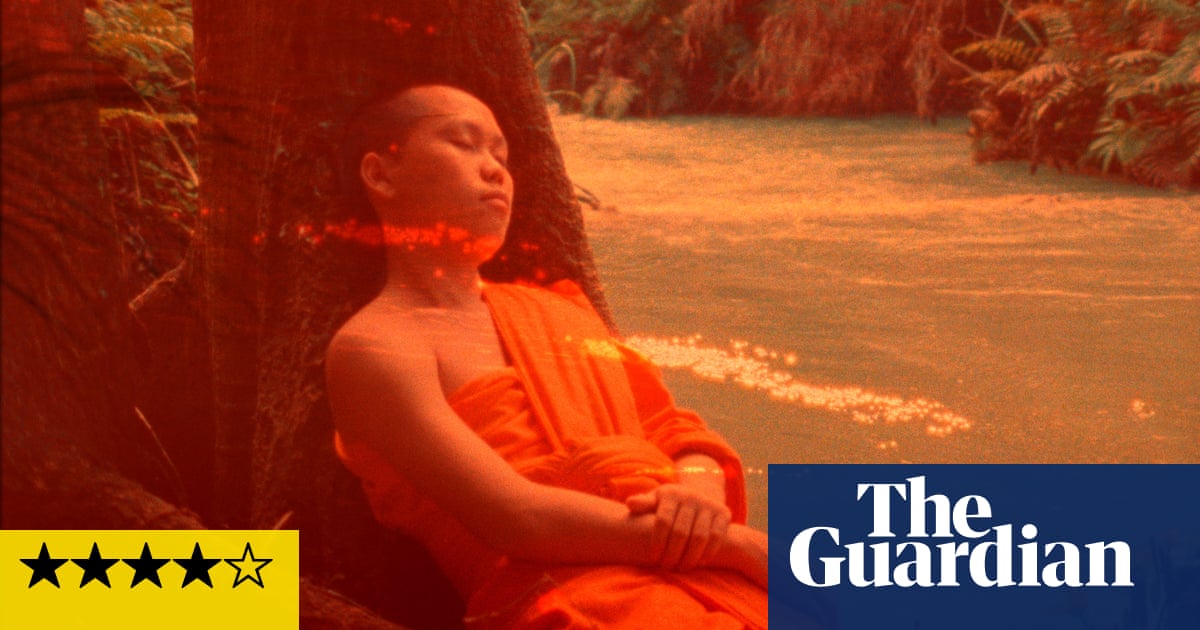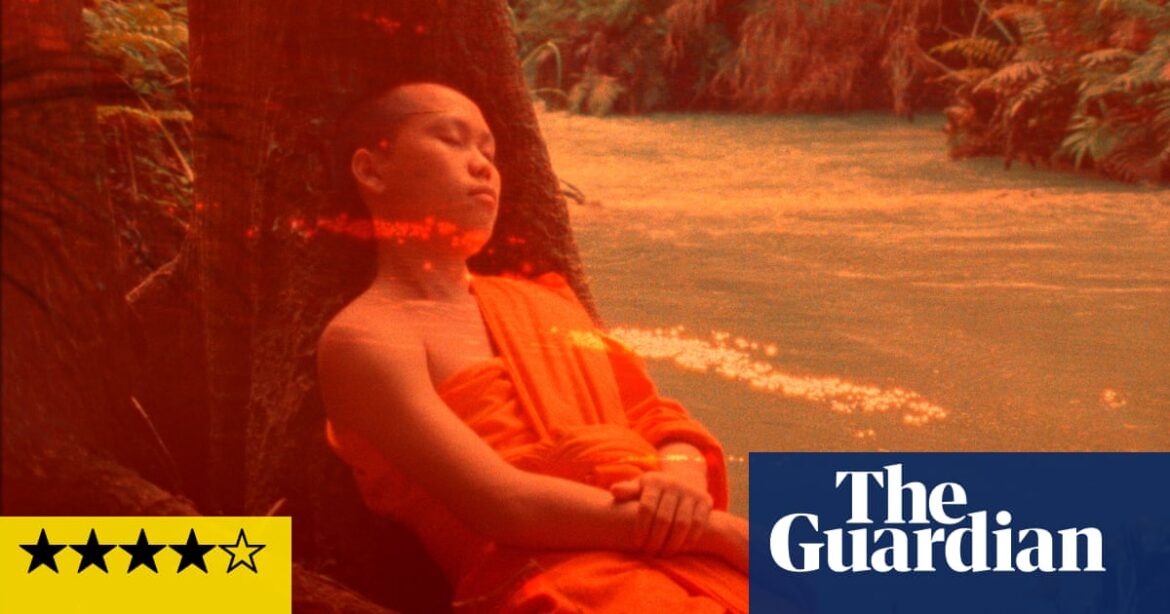
L
This movie by Patiño is a delicate and unique creation that blends documentary-style realism with a captivating story about the Buddhist idea of “Samsara” – the cycle of life, death, and rebirth. Set in Laos and Zanzibar, it has an air of mystery and contemplation, but also features playful and whimsical elements. Like Graham Greene, who believed that a sense of humor was necessary to believe in God, this film may be best appreciated with a touch of humor. Some may find it a bit presumptuous or patronizing, wondering if it is intended for audiences in Laos and Zanzibar or simply made for Western film enthusiasts. However, there is a charming and genuine quality to it, perhaps influenced by Thai filmmaker Apichatpong Weerasethakul.
An elderly woman named Mon is on her deathbed in Laos. A young man, Amid, reads to her from the Tibetan Book of the Dead as she shares her desire to be reborn as an animal. This is not meant as a punishment, but rather a reflection of how we mistreat animals. After Mon passes away, her soul journeys through the bardo, the transitional state between death and rebirth, and eventually finds a new life as a goat named Neema in Zanzibar.
Additionally, the movie prompts us to “watch” it while in a 10-minute transitional phase between Laos and Zanzibar with our eyes closed, absorbing the abstract patterns and bursts of light and color through our eyelids. This experience is intriguing but can also be unsettling, especially since it is unclear when this section ends and we can open our eyes again. It can be likened to listening to new music with hands covering our ears, where we can only sense muted shapes of sound. However, the trance-like state is enjoyable, as it brought back memories of sunbathing as a child.
The concept of reincarnation is explored in this movie, which is also touched upon by Lisandro Alonso in his unusual film Eureka. However, Alonso’s interpretation involves a more complex transition between soul-states and does not emphasize the childlike nature of the characters as strongly. It is always intriguing when a film challenges its audience to contemplate the taboo topic of death, without relying on the conventional emotions of sadness and acceptance. The tone of the film is crucial. The Laotian boy, Amid, befriends orange-clad monks and takes them on a boat ride to the Kuang Si waterfall, a place of both beauty and spiritual significance (although it is also a popular tourist spot, which may not be apparent from the film). While there, one monk falls asleep and awakens to find himself alone. For a brief moment, Amid plays a playful prank on him – perhaps in a similar spirit to the “eyes wide shut” section of the movie or the film as a whole, which ultimately seeks to capture a glimpse of the sublime.
Source: theguardian.com



